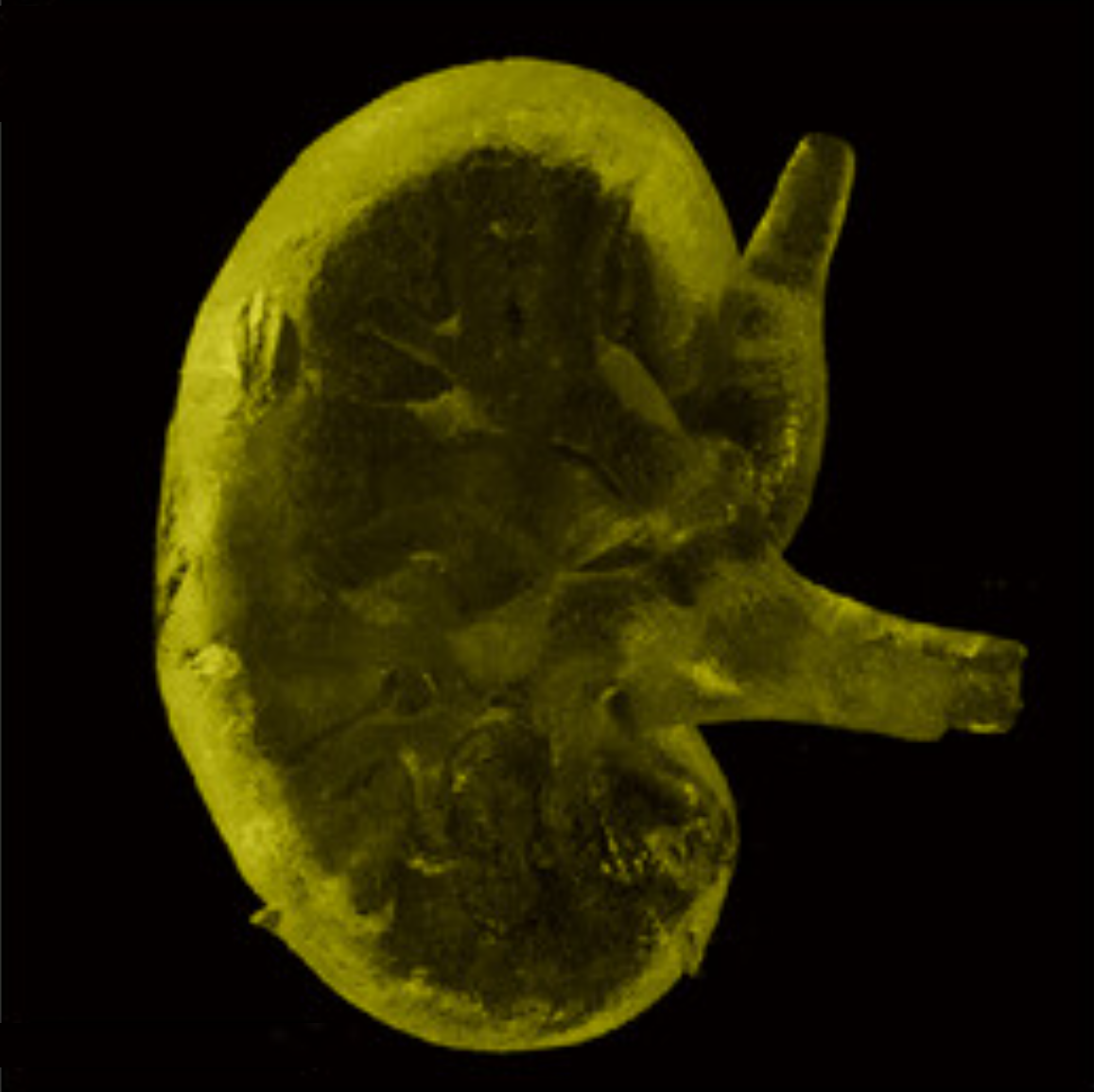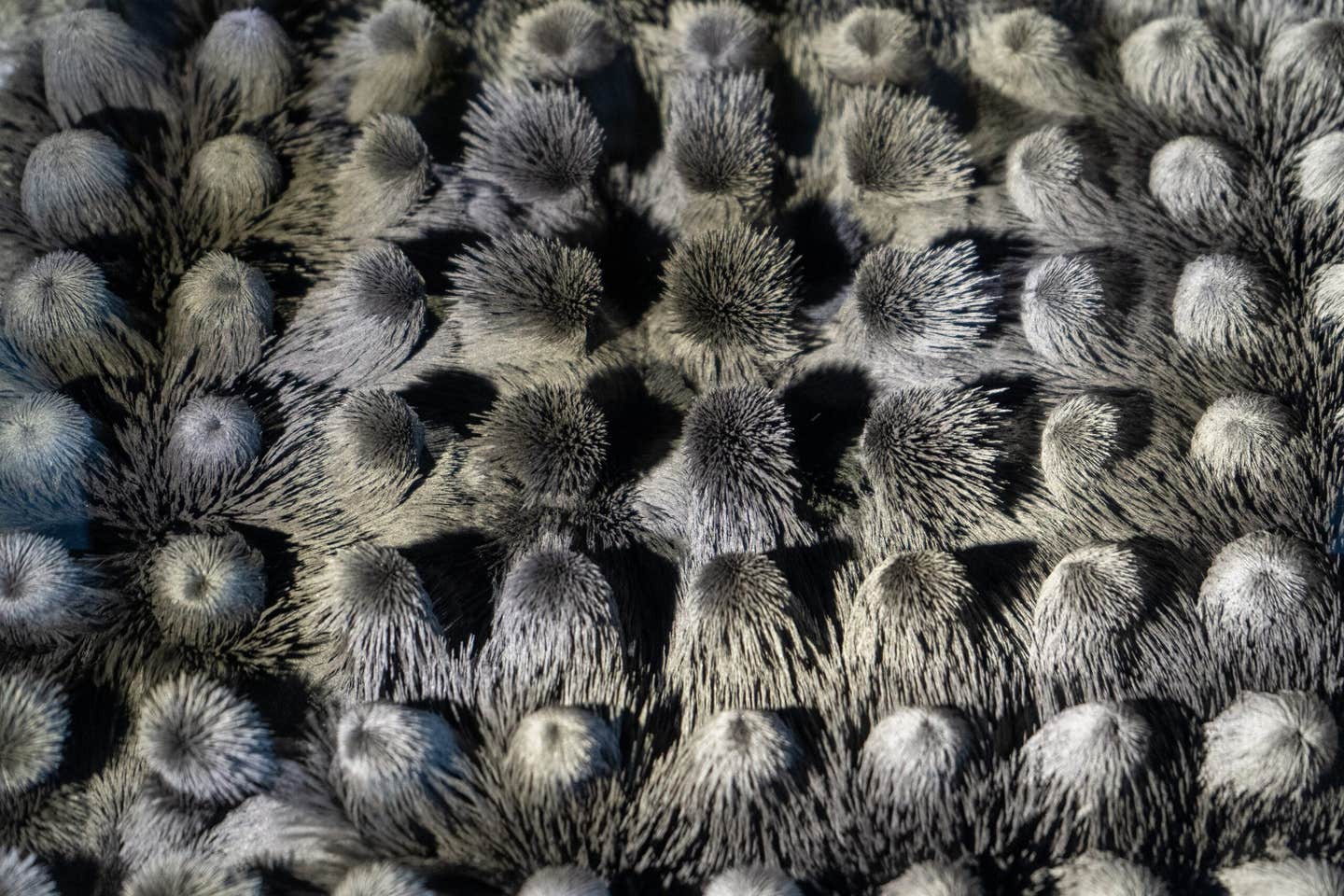Sunburn starts with RNA damage, not DNA, study finds
For years, science said sunburn comes from DNA damage in your skin cells, shaping how people thought about sun safety, treatment, and skin cancer risks.

New research shows RNA, not DNA, triggers sunburn, changing how we understand UV skin damage and treatment. (CREDIT: Shutterstock)
Sunlight feels good on your skin, especially on a clear day. It brings warmth and helps your body produce vitamin D. But staying out in the sun too long can leave you red, sore, and peeling. That painful sunburn isn't just an inconvenience—it’s your skin screaming for help.
For years, science said sunburn comes from DNA damage in your skin cells. That belief shaped how people thought about sun safety, treatment, and skin cancer risks. But new research from scientists in Denmark and Singapore reveals something surprising. It’s not DNA damage that starts the sunburn response. It’s RNA damage.
What Really Happens During a Sunburn
When ultraviolet (UV) rays from the sun hit your skin, they don’t just burn the surface. They hurt your cells deep down. Scientists from the University of Copenhagen and Nanyang Technological University in Singapore found that these rays damage messenger RNA (mRNA), not DNA, as previously thought.
RNA is a short-lived molecule that helps turn your DNA instructions into proteins. While DNA stays mostly the same for your whole life, RNA gets made and destroyed all the time. That made many scientists think it wasn’t as important to protect.
“We used to believe that the RNA is less important, as long as the DNA is intact,” said Assistant Professor Anna Constance Vind, a molecular biologist who co-led the study. “But in fact, damages to the RNA are the first to trigger a response to UV radiation.”
This new discovery flips long-standing ideas upside down. It shows that RNA, especially mRNA, plays a much bigger role in protecting the body from UV harm than anyone realized.
Related Stories
Your Body's RNA Warning System
When mRNA gets hit by UV rays, it sends out an emergency signal. That signal activates ribosomes—small machines inside your cells that use mRNA to make proteins. These ribosomes sense the damage and turn on a protein called ZAK-alpha. This is the start of what's called the ribotoxic stress response.
Think of it as a built-in alarm system. As soon as ribosomes spot damaged mRNA, ZAK-alpha kicks in. It tells the body something is wrong. The result? Inflammation, cell death, and thicker skin—all signs of sunburn.
“We found that the first thing the cells respond to after being exposed to UV radiation is damage to the RNA,” said Professor Simon Bekker-Jensen, another lead researcher. “And that this is what triggers cell death and inflammation of the skin.”
In tests using mice and human skin cells, the team found this response was the same. But when they deleted the ZAK gene in mice, those classic signs of sunburn—redness, swelling, and dying cells—didn’t appear. That means ZAK plays a major role in how skin reacts to UV exposure.
A Faster, Smarter Defense System
So why does the body rely on RNA to sense danger instead of DNA? The answer lies in speed. DNA damage is dangerous because it can cause cancer and gets passed down when cells divide. But it takes time for DNA damage to trigger a response.
RNA, on the other hand, acts fast. Since it’s always being made and used in large amounts, it’s more exposed to harm. That makes it the perfect early-warning system. When UV rays hit, damaged RNA sends signals within minutes. Your body jumps into defense mode before more serious harm can happen.
“The fact that the DNA does not control the skin’s initial response to UV radiation, but that something else does and that it does so more effectively and more quickly, is quite the paradigm shift,” said Anna Constance Vind.
That early response includes sending immune cells to the site, causing inflammation and peeling. It’s your body’s way of clearing out damaged cells before they turn into something worse.
Rethinking Sun Protection and Skin Treatment
This new discovery could change how people treat sunburn and other skin problems caused by the sun. Understanding that RNA, not DNA, kicks off the skin’s defense means scientists may look for new ways to block or support that early response.
“Many inflammatory skin diseases are worsened by sun exposure,” explained Dr. Franklin Zhong, another co-author of the study. “Understanding how our skin responds at the cellular level to UV damage opens the door to innovative treatments for certain chronic skin conditions.”
The discovery also calls for updates in science textbooks and future research. If RNA damage is what really starts the sunburn response, that shifts the entire focus of sun-related skin studies.
“This new knowledge turns things upside down,” said Simon Bekker-Jensen. “I think most people associate sunburn with DNA damage; it is established knowledge. But now we need to rewrite the textbooks.”
The Big Picture
Sunburn still isn’t something to take lightly. It increases your risk of skin cancer and causes long-term damage. Sunscreen, protective clothing, and shade are still your best defenses. But now, scientists know that the first signs of damage come from RNA, not DNA.
This shift in understanding helps explain why the body reacts so quickly to sunlight. It also offers hope for better skin treatments and smarter sun protection in the future. Science continues to evolve, and with each discovery, people learn how to care for their bodies in better ways.
Research findings are available online in the journal Molecular Cell.
Note: The article above provided above by The Brighter Side of News.
Like these kind of feel good stories? Get The Brighter Side of News' newsletter.



